The Biological Mechanisms of Animal Social Behavior
Introduction
Animal social behavior is a vast and complex field of study within the realm of biology and ethology. It encompasses the interactions and relationships between animals within the same species, and how these interactions influence the survival and reproductive success of the individuals involved. Animal social behavior can range from simple interactions like mating and parental care to complex social structures like those seen in eusocial insects and primates. This article will delve into the biological mechanisms that underlie these behaviors, focusing on the role of genetics, hormones, neural processes, and environmental factors.


Genetic Basis of Social Behavior
The genetic basis of social behavior in animals is a topic of intense research. It is widely accepted that genes play a significant role in shaping animal social behavior, although the exact mechanisms are still being unraveled. One of the key concepts in this field is the kin selection theory, which proposes that animals are more likely to exhibit altruistic behaviors towards their relatives because they share a significant proportion of their genes. This theory is supported by numerous studies, such as those on the social behavior of hymenopteran insects like bees and ants, where workers often sacrifice their own reproduction to help raise their siblings.
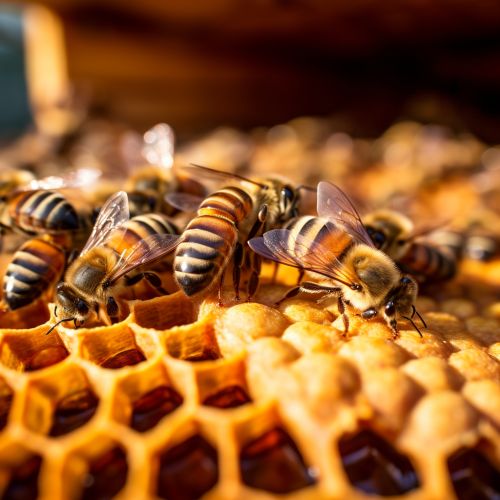
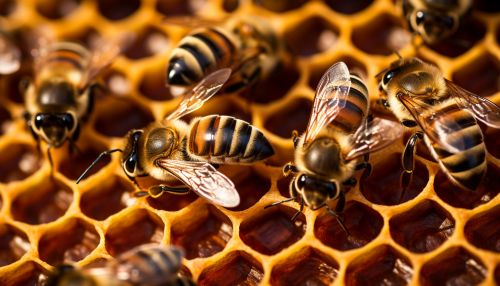
Hormonal Influence on Social Behavior
Hormones are chemical messengers that play a crucial role in regulating animal social behavior. They act by influencing the activity of the brain and other parts of the body, thereby affecting an animal's responses to social stimuli. For instance, the hormone oxytocin is known to promote social bonding and maternal behaviors in mammals, while vasopressin is involved in aggression and territoriality. Another example is the role of pheromones, chemical signals secreted by animals to communicate with others of the same species. Pheromones can trigger a wide range of social behaviors, from mating rituals to alarm responses.
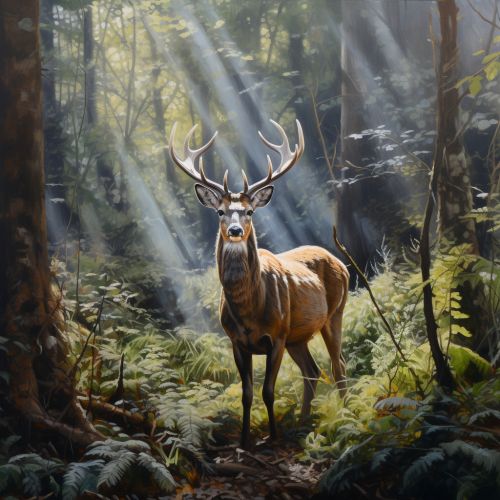
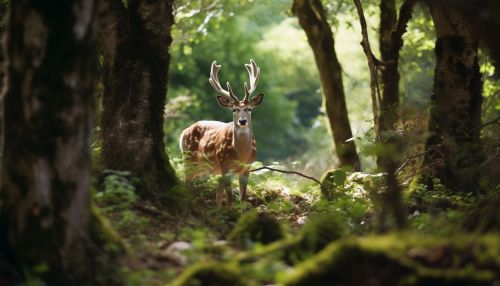
Neural Processes in Social Behavior
The brain is the central hub controlling social behavior in animals. Specific regions and circuits within the brain are dedicated to processing social information and generating appropriate responses. For example, the amygdala is involved in processing emotional reactions and social learning, while the prefrontal cortex plays a role in social decision-making and empathy. Neurotransmitters, such as dopamine and serotonin, also play a significant role in modulating social behaviors. For instance, dopamine is associated with reward and motivation, including social rewards, while serotonin is linked to social dominance and aggression.

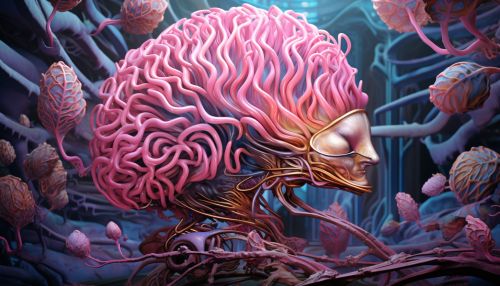
Environmental Factors and Social Behavior
The environment in which an animal lives can greatly influence its social behavior. Factors such as population density, resource availability, and predation risk can shape social structures and interactions. For example, when resources are scarce, animals may form cooperative groups to increase their chances of survival. On the other hand, high predation risk can lead to the formation of large groups as a defense strategy, as seen in many herd animals. Environmental factors can also interact with genetic and hormonal mechanisms, leading to a wide variety of social behaviors across different species and contexts.
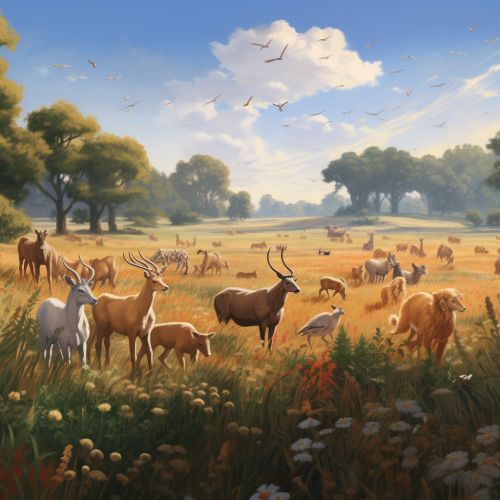

Conclusion
Understanding the biological mechanisms of animal social behavior is a complex task, requiring a multidisciplinary approach that combines genetics, endocrinology, neuroscience, and ecology. While significant progress has been made in this field, many questions remain, making it a vibrant and exciting area of research. As we continue to unravel the intricacies of animal social behavior, we not only gain insights into the natural world around us, but also deepen our understanding of our own social behavior and its biological roots.
